During the Middle Ages, Paris was one of the most prosperous cities in medieval Europe.
Powerful families flocked to the city to be closer to the king and the court.
4 notable medieval buildings still worth visiting today are : the Hôtel de Sens, the Hôtel de Cluny, the Hôtel de Bourgogne, and the Hôtel de Clisson.
The Hotel de Sens belonged to the powerful archbishops of Sens - a city about 100km away from Paris and from which the bishops of Paris depended.
The Hotel de Cluny belonged to the powerful abbots of Cluny, the leading monastic order in Europe, and is now the Medieval Museum.
The Hôtel de Bourgogne was owned by the powerful Dukes of Burgundy, whose territories once extended all the way to the Netherlands!
It was said that the Duke of Burgundy could walk from his townhouse to the royal palace over the city walls, without once setting foot onto the streets!
The Hotel de Clisson belonged to a rich nobleman from Brittany, Olivier de Cresson, nicknamed "the Butcher" by the English for his ferocity as military commander during the Hundred Years War.
The Tour Saint-Jacques was originally part of the church of Saint-Jacques-la-Boucherie, named after the wealthy medieval butchers of the Halles district.
The Rue François Miron features a series of houses that have been carefully restored to their medieval splendor.
As a final note, it's worth remembering how tough life was in the Middle Ages.
It was a hugely unequal society, dominated by a hereditary nobility and the clergy, which wielded considerable power, while only representing 10% of the population.
For over 100 years, France was at war with the English (the Hundred Years War).
Plague was rife : in 1350 alone, it killed a quarter of Paris' population.
Fun fact : the English actually occupied Paris for a few years - and the Parisians welcomed it!
Indeed, the English promised to protect civic liberties that Parisians had acquired over the years - while the Parisians hated French king Charles VII.
In 1429, Charles VII and Joan of Arc launched an attack on the city, to no avail.
A plaque commemorates the spot where Joan of Arc led an assault on the walls, at 161 Rue Saint-Honoré.
Paris finally surrendered to the French in 1436, when the English lost the support of the Dukes of Burgundy.




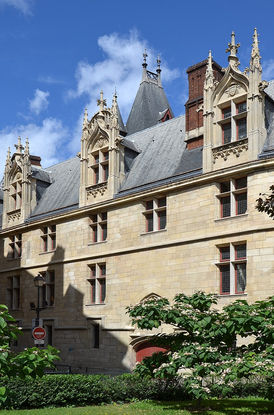


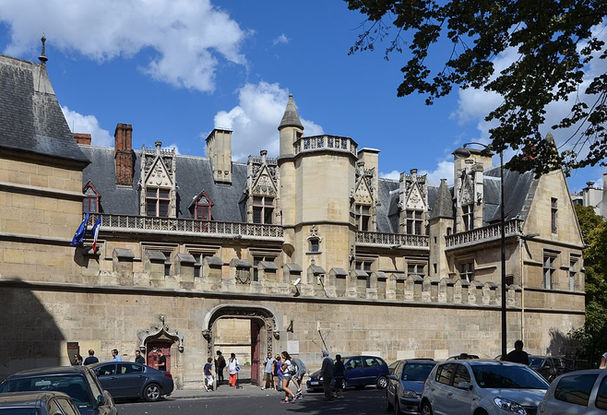
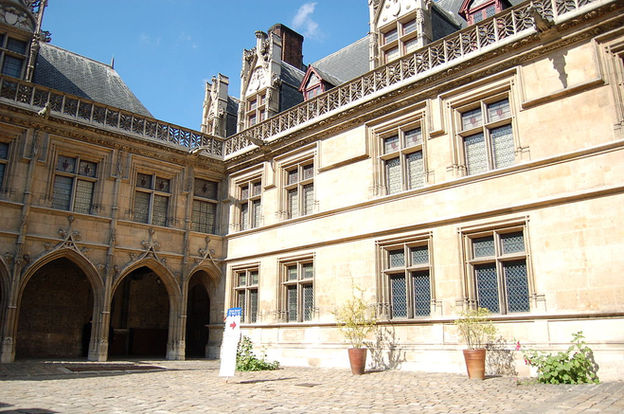


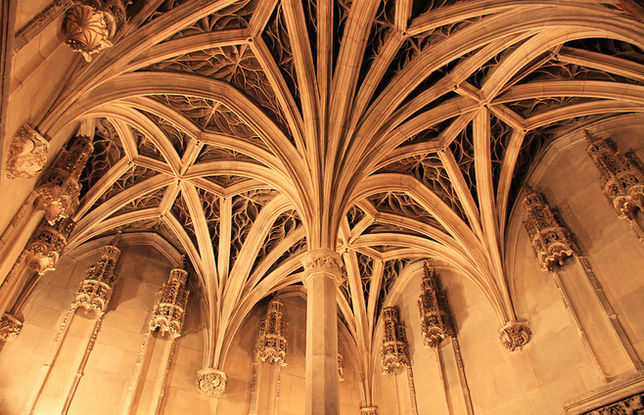

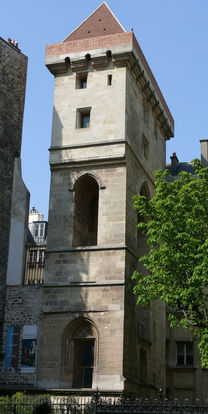






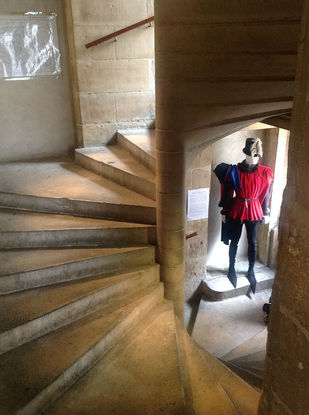





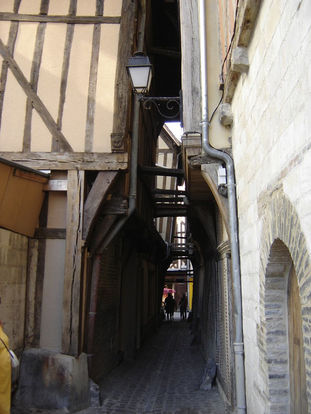









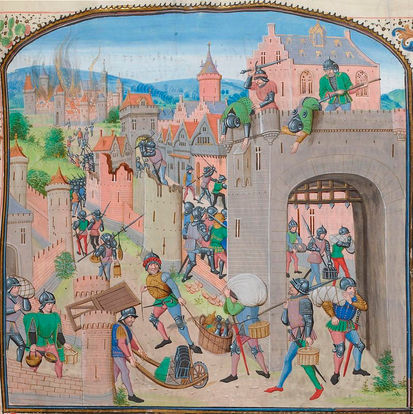




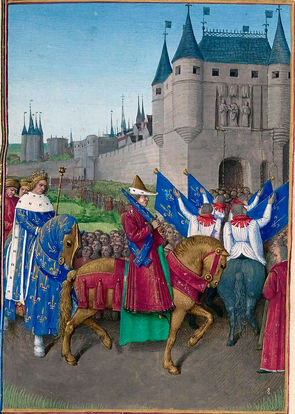

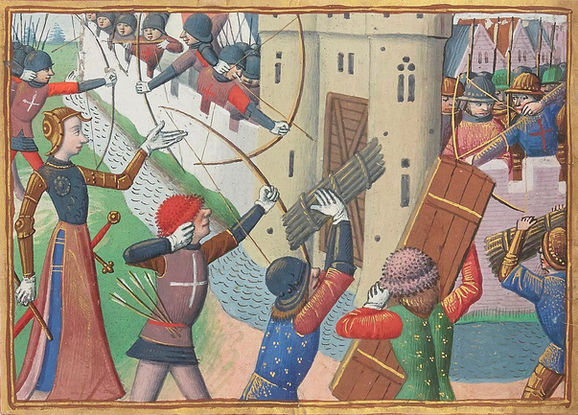


.jpg)